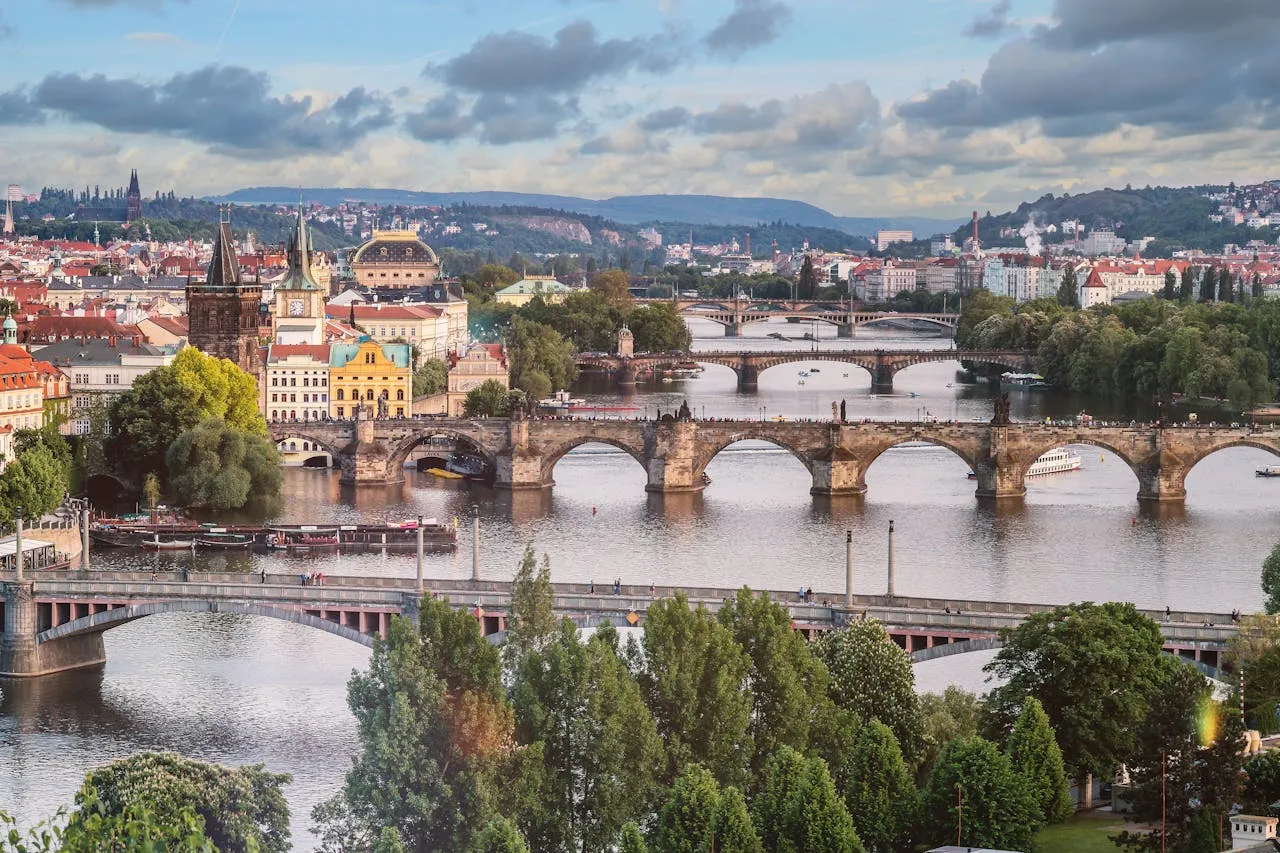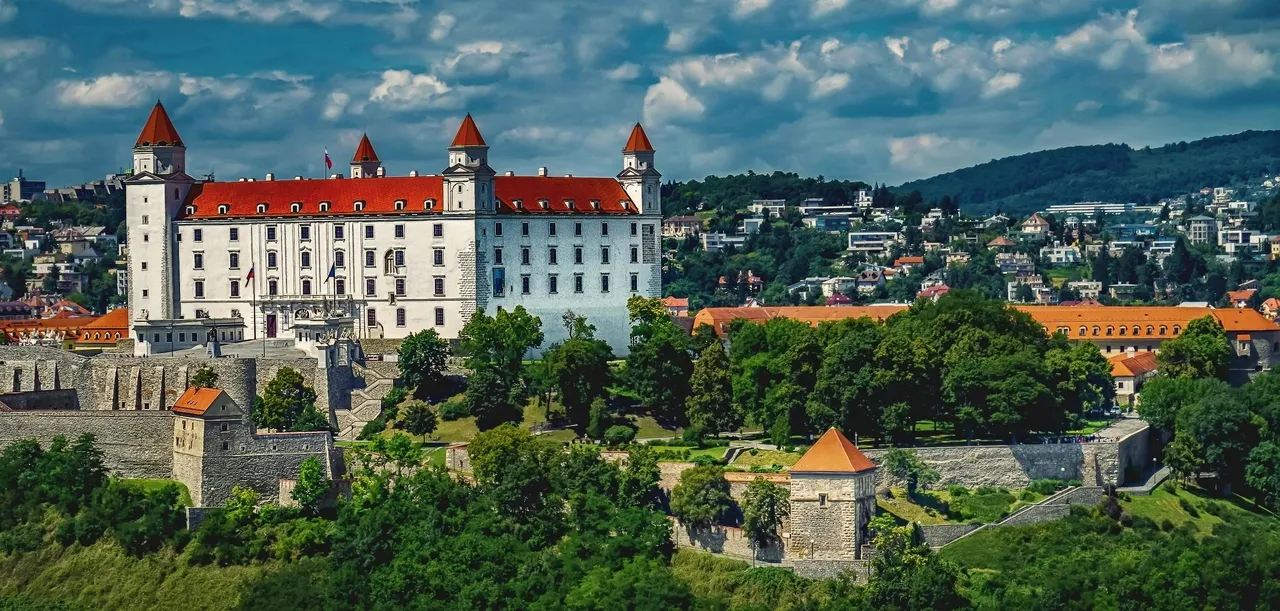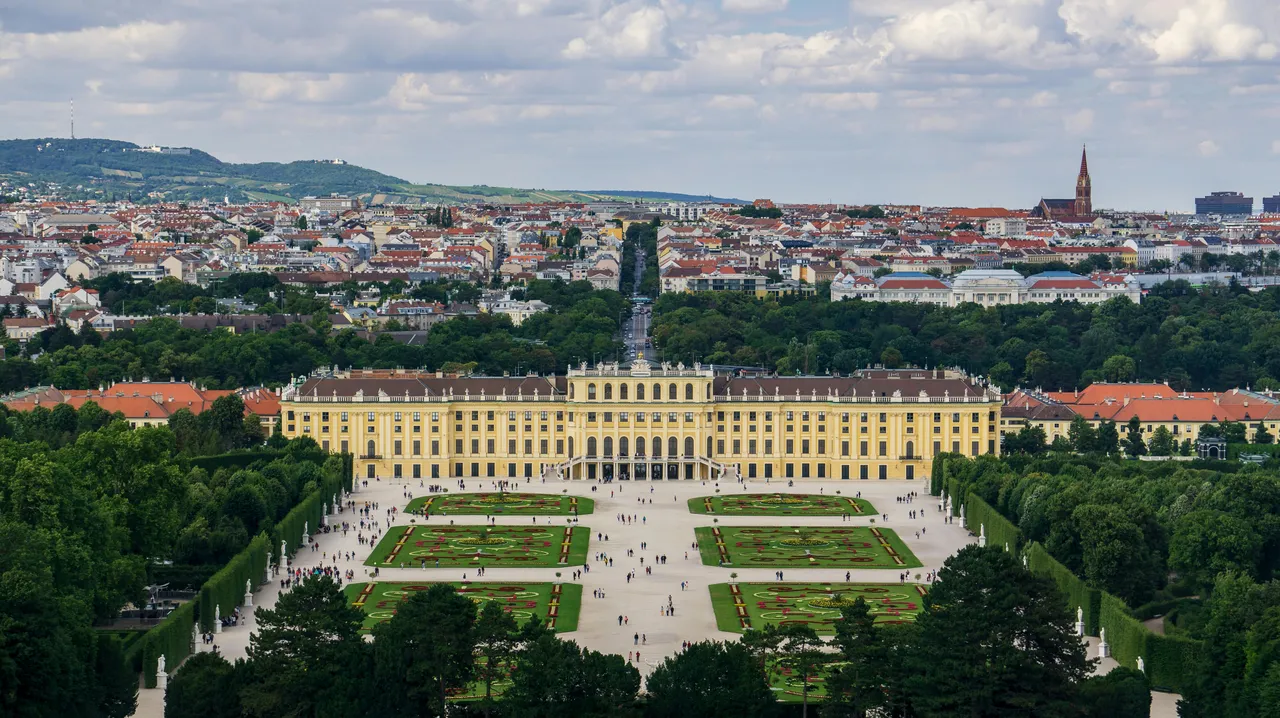Warsaw, the capital of Poland, is a fascinating metropolis that rose from the ashes of World War II like a phoenix. With a population of approximately 1.8 million inhabitants, it is the largest city in the country and an important economic, cultural, and political center of Central Europe. The city is located on the Vistula River and is known for its remarkable combination of ancient architecture, modern skyscrapers, and green spaces. Warsaw offers visitors a unique perspective on European history while simultaneously providing vibrant modern life.
The history of Warsaw is a story of resilience and rebirth. The city was founded in the 13th century and became the capital of Poland in 1596. During World War II, Warsaw was almost completely destroyed - approximately 85% of buildings were demolished during the Warsaw Uprising and subsequent repressions. After the war, the historic center was carefully reconstructed according to old paintings, photographs, and residents' memories, which today constitutes a unique example of post-war restoration. The Old Town was inscribed on the UNESCO World Heritage List in 1980 as a symbol of human tenacity. Following the fall of communism in 1989, Warsaw rapidly transformed into a modern European metropolis, which is evident in new shopping centers, skyscrapers, and a vibrant cultural scene.
Getting to Warsaw is easy from various parts of Europe. Frederic Chopin Airport, located about 10 kilometers from the center, receives flights from most European cities including Prague. From the airport, you can reach the center by train, bus, or taxi in approximately 20-30 minutes. For travelers preferring trains, the modern Central Station (Dworzec Centralny) is available with direct connections to Berlin, Vienna, Prague, and other European cities. Bus connections are available at several stops, with the largest being the bus station at Zachodnia metro. Warsaw is also connected to the European highway network, making it easy to arrive by car.
Public transportation in Warsaw is efficient and relatively inexpensive. The city has two metro lines (M1 and M2) that connect different parts of the city and are most convenient for longer distances. An extensive tram network covers mainly the center and inner areas of the city, while buses provide connections to more distant neighborhoods. For tourists, it is most advantageous to purchase a multi-day ticket valid for all types of public transport. In the city center, many places can be easily explored on foot. Warsaw also offers the Veturilo bike-sharing system, which is popular among locals and tourists alike. Taxi services and ride-sharing apps like Uber or Bolt are commonly available and affordable.
Warsaw offers numerous interesting monuments and attractions. The Old Town (Stare Miasto) with colorful townhouses and the Market Square is the heart of historic Warsaw and must be on every visitor's list. The Royal Castle, former residence of Polish kings, now functions as a museum with rich art collections. The Palace of Culture and Science, a controversial gift from the Soviet Union, dominates the city's skyline and offers an observation terrace with breathtaking views. Łazienki Park, Warsaw's largest park, is home to the beautiful Palace on the Water and the monument to Frederic Chopin. The Warsaw Uprising Museum is a moving reminder of the city's heroic resistance during World War II. For lovers of modern architecture, it's worth visiting the new skyscraper district near Central Station or the Złote Tarasy shopping center with its futuristic glass roof.
Cultural life in Warsaw is rich and diverse. The city boasts prestigious institutions such as the National Theatre (Teatr Narodowy), the Grand Opera (Teatr Wielki), and the Philharmonic. Art lovers will appreciate the National Museum with extensive collections of Polish and European art, the Museum of Modern Art, or the Marie Curie-Skłodowska Museum. Warsaw is also the birthplace of Frederic Chopin, and therefore concerts of his music are regularly held, especially on Sunday afternoons in Łazienki Park during the summer months. The city hosts numerous cultural events including the Warsaw Film Festival, the Chopin and his Europe festival, or the summer Orange Warsaw Festival. The lively nightlife is concentrated especially around Mazowiecka and Nowy Świat streets in the city center.
Polish cuisine is hearty, tasty, and offers unique culinary experiences. In Warsaw, you can taste traditional Polish specialties such as pierogi (filled dumplings), bigos (sauerkraut with meat), żurek (sour soup with sausage), or kotlet schabowy (pork cutlet). Among popular snacks is also zapiekanka, a long baguette with mushrooms and cheese sold at markets. Sweet tooths will enjoy pączki (Polish donuts), faworki (fried pastries), or traditional gingerbread. Warsaw offers a wide range of restaurants from traditional milk bars (bar mleczny), where you can taste homemade Polish cuisine at affordable prices, to modern gastronomic establishments with international cuisine. Don't forget to try Polish vodka, which is an integral part of local culture.
For shopping enthusiasts, Warsaw offers many options. Nowy Świat and Krakowskie Przedmieście are the main shopping streets with boutiques, cafes, and shops. Modern shopping centers like Złote Tarasy, Arkadia, or Galeria Mokotów offer a wide range of international and Polish brands. For a more authentic experience, it's worth visiting Hala Koszyki, a renovated market hall with a food court and shops with local products. Typical souvenirs from Warsaw include amber (jantar), Polish ceramics, Boleslawiec products, mead, Polish vodka of the Żubrówka brand, or reconstruction lithographs of the old town. Flea markets at the National Stadium or in Agrykola Park offer interesting antiques and vintage items every Saturday and Sunday.
Despite its urban character, Warsaw offers surprisingly many green spaces and opportunities to relax in nature. The Royal Łazienki Park is the city's most beautiful park with palaces, pavilions, and free-roaming squirrels and peacocks. Wilanów Park with a Baroque palace is an ideal place for a relaxing walk. The Vistula riverbanks with beaches and bike paths are a popular spot among local residents for sports and relaxation. For more active visitors, Kampinos National Park near Warsaw offers opportunities for hiking and discovering nature. Boat trips on the Vistula provide a unique perspective of the city from the water, especially at sunset.
Warsaw has something to offer different types of travelers. Families with children will appreciate a visit to the Warsaw Zoo, the Copernicus Science Centre with interactive exhibits, or the POLIN Museum of the History of Polish Jews with modern multimedia installations. For couples, a romantic walk through the Old Town, a Chopin music concert, or dinner with a view from the observation terrace of the Palace of Culture and Science is ideal. Backpackers can take advantage of hostel accommodation in the city center, taste inexpensive local cuisine in milk bars, and participate in free walking tours of the city. Architecture lovers will enjoy comparing the reconstructed Old Town with modern skyscrapers in the business district.
Warsaw can be visited at any time of year, each season has its charm. Spring (April-May) offers pleasant temperatures, blooming parks, and the beginning of summer concerts in Łazienki. Summer (June-August) is the best time for cultural festivals, outdoor concerts, and enjoying the Vistula riverbanks. Autumn (September-October) attracts with beautiful colorful foliage, fewer tourists, and pleasant temperatures for city walks. Winter (December-February) offers the charm of Christmas markets in the Old Town Market Square, although temperatures can be quite low, but the atmosphere is magical. St. John's Night in June (Noc Świętojańska) is one of the best times to visit, when the city celebrates with concerts, fireworks, and entertainment by the Vistula.
Warsaw is a city that can surprise and enchant. The combination of tragic history and optimistic vision of the future, reconstructed monuments and modern architecture, traditional cuisine and vibrant cultural scene make it a unique destination in the heart of Europe. Whether you're planning a weekend getaway, family vacation, or discovery trip, Warsaw will welcome you with its hospitality, fascinating history, and pulsating life. The city that refused to surrender and rose again from the ruins, today inspires visitors from around the world with its strength and beauty.




